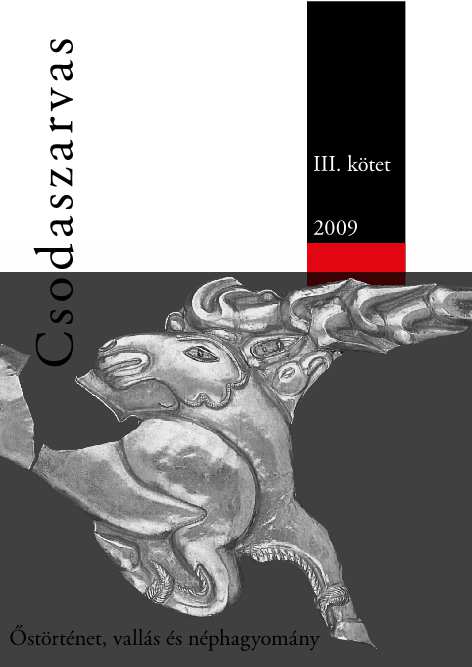A táncháztól a népzenekutatásig. Beszélgetés Jánosi Andrással
Traditional Music from the Urban Táncház to Research in the Field. A Conversation with András Jánosi
Author(s): Endre Abkarovits, András Jánosi
Subject(s): Music, Cultural Anthropology / Ethnology
Published by: Molnár Kiadó
Summary/Abstract: In the 1970s, András Jánosi was present at the start of the Hungarian traditional music and dance revival in Budapest (widely known as the "táncház movement," named after village dance events held in private homes). Taking the love of folk dance from the home of his parents, who organized such activities for boy scouts and girl guides from the time of the Second World War onwards, András Jánosi also started out as a dancer. As he had studied some classical violin in his childhood, it was not difficult for him to learn to play the fiddle and become one of the first musicians to play traditional music in the táncházes of Budapest. In the seventies, he founded his own band, the Jánosi Ensemble, which has been active ever since. In addition to dancing in various traditional dance groups and playing traditional music in táncházes, he also began to take field trips, especially to the Transylvanian village of Szék, which had rich dance and music traditions, and which represented a model for urban táncházes. He observed the fiddle playing of village musicians, and collected traditional songs. He also studied the works of Franz Liszt and Béla Bartók, and released records of their folk music sources, as reconstructed with his own band. Further, he conducted research on traditional Hungarian music in earlier centuries. An essential part of the interview is dedicated to the role of Hungarian music in Europe from the time of the Renaissance, when Hungary was one of the most important countries on the continent not only politically and economically, but also culturally. The kind of music that was common throughout Hungary in the 16th to 19th centuries has survived best in Transylvania. For the first time since the death of Kodály, a traditional music department has recently been set up at the Music Academy in Budapest. Jánosi is head of the string instruments section of this department, and he teaches the fiddle.
Book: Csodaszarvas III.
- Page Range: 251-264
- Page Count: 14
- Publication Year: 2009
- Language: Hungarian
- Content File-PDF

